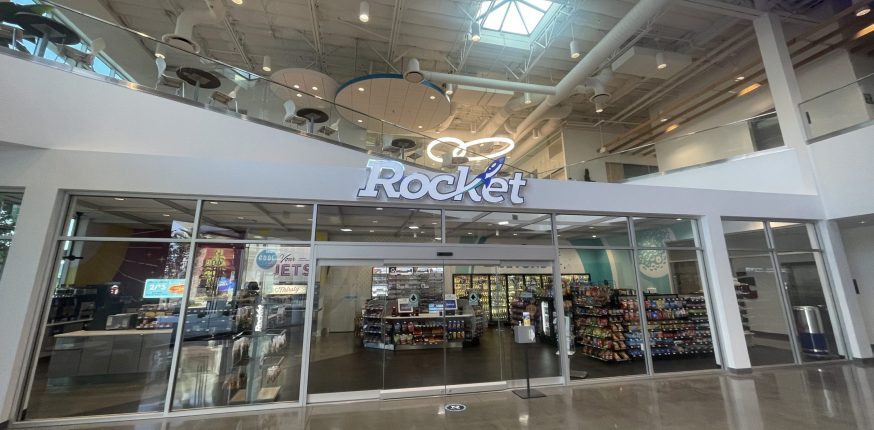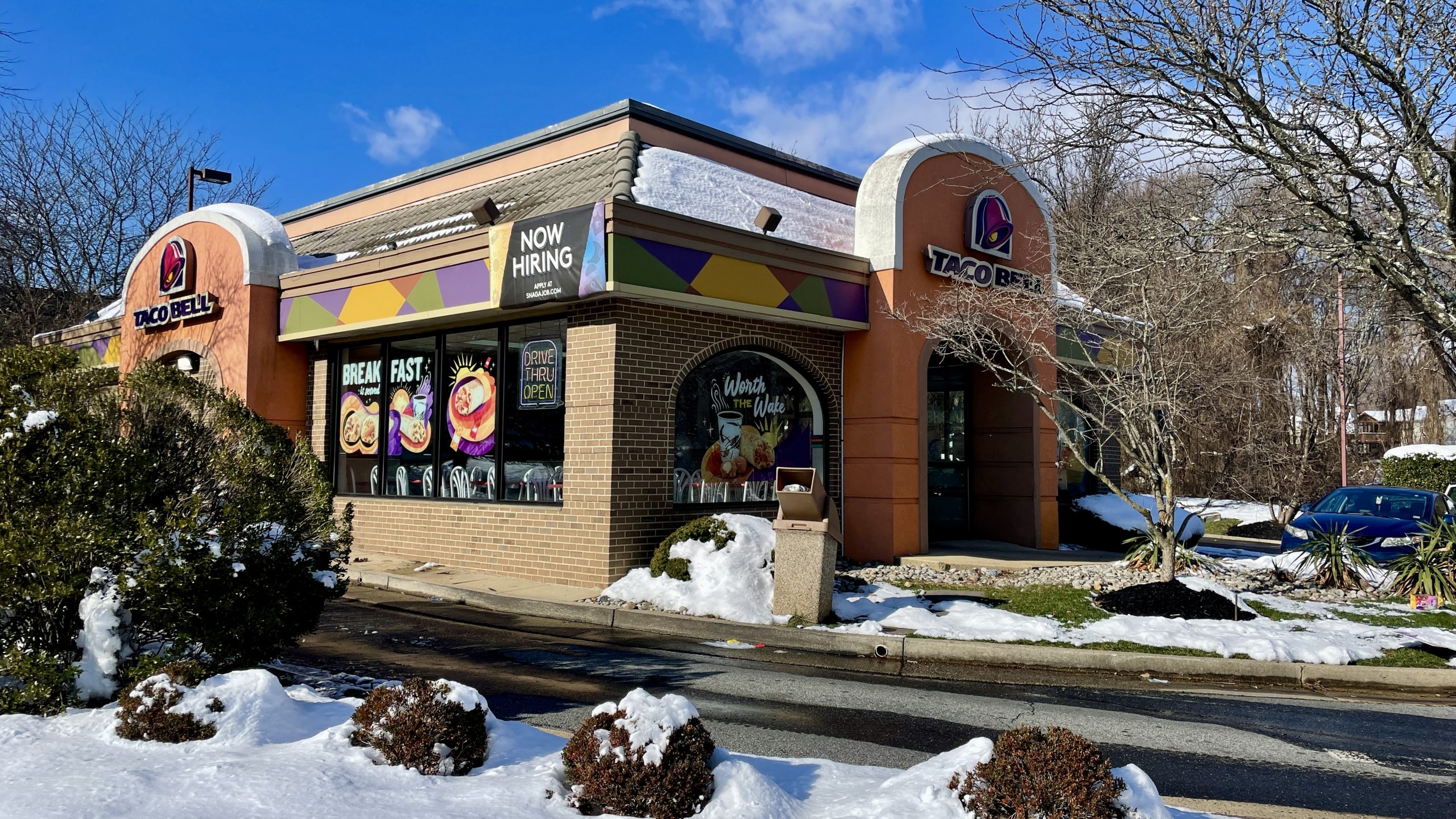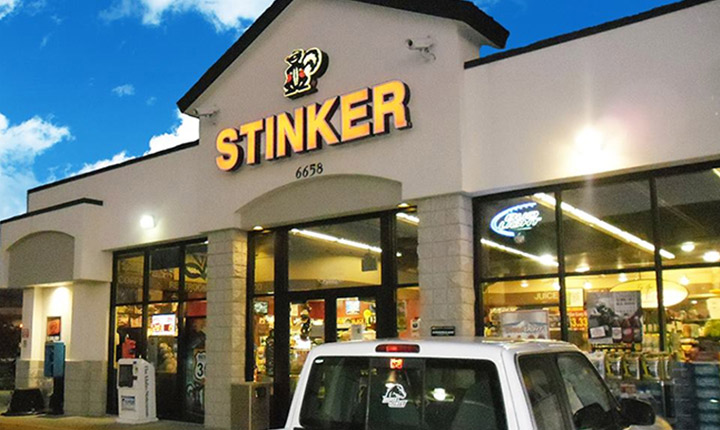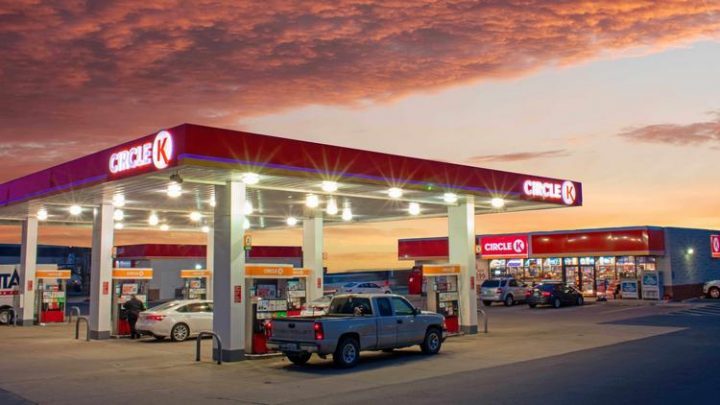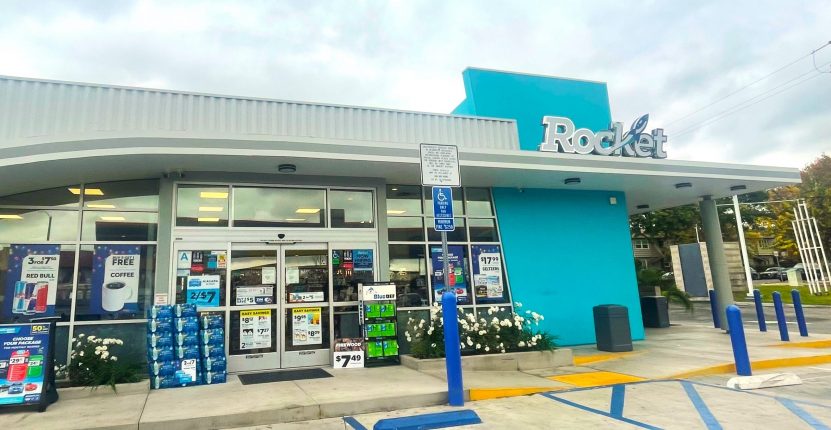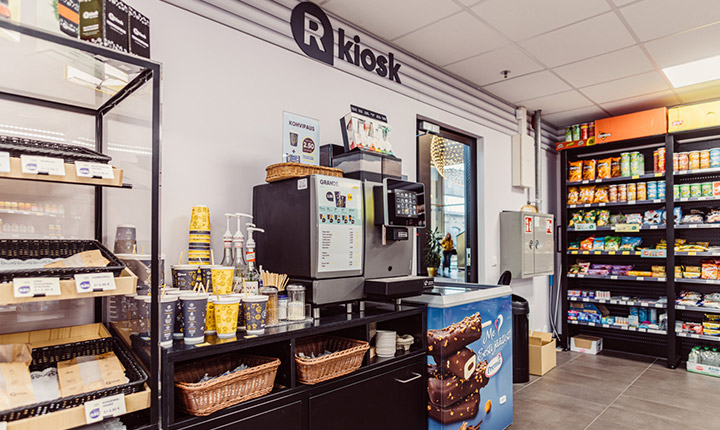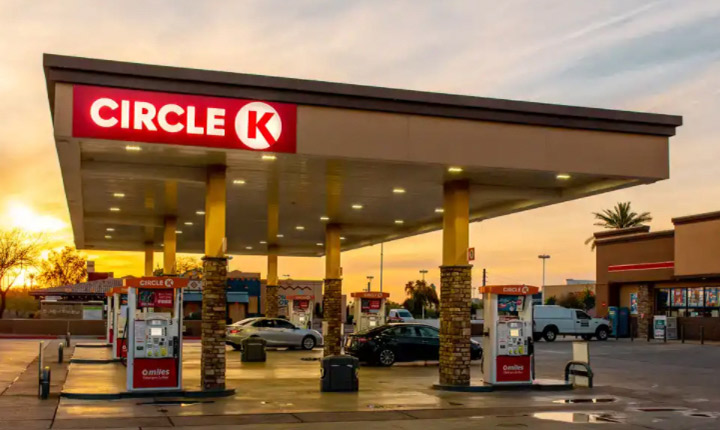The convenience and food industries have always understood the critical importance of both time and accessibility for customers. These factors already drive key decisions around location, staffing and food formats, but in recent years, those same customer needs have driven the global explosion of tech platforms and delivery companies offering innovative solutions and disrupting our industry globally.
According to McKinsey, the largest five companies in the food delivery sector globally — Just Eat, GrubHub, Delivery Hero, Deliveroo and Takeaway.com — now have a combined valuation of more than €10bn, offering an array of software and services that aim and claim to help restaurants increase revenues by appealing to the growing market of “lazy millennials” – whose needs are described in the image below. They want to enjoy the best food and drink, and they definitely want it available through digital channels.
In this article, we review some of the most interesting platforms and ideas globally that offer food or convenience delivery solutions, and how they function both commercially and operationally.
Source: Oracle – Millennials and Food and Beverage: A New Focus on Service (2016)
Innovation & Disruption
For traditional “take-away” restaurants who already had their own drivers for deliveries, software platforms that offer online ordering and marketing capabilities are extremely exciting, and they are clearly delighting customers too. Platforms such as Just Eat in the UK and Swiggy in India operate on a commission basis with restaurants – charging between 13 and 14% of each order, with revenues growing as they scale their appeal. Just half way through the 2018 financial year, the Just Eat Group announced that they have “served 24 million customers with 104 million takeaways” with revenues increasing 45% YOY, led by high profile marketing campaigns which invited customers to consider a simpler approach to dinnertime – “Don’t Cook, Just Eat”.

Just Eat Delivery Scooters on Standby
Their high profile success results in the emergence of challenger brands with differing revenue models, such as Takeaway Solutions in Australia who charge fixed monthly fees for their software, and Slerp in the UK who charge a fixed fee plus a relatively low (7.5%) commission on orders. Pitching themselves as “disrupting the disruptors”, they claim to be a better solution for merchants they claim are “being crushed” by the delivery company’s commissions.
Restaurants that are offering a delivery service for the first time (those who haven’t had their own delivery team) are increasingly using these “disruptor” services such as Uber Eats, Foodora and Deliveroo – who offer an effective but expensive solution, charging restaurants up to 35% commission for their services as the true cost of scaling the software and delivery solutions emerge. This is on top of delivery charges to customers, so a recent clever solution is the introduction of Deliveroo’s subscription model which offers UK customers the same compelling benefits that Amazon Prime offers its customers for product deliveries. Priced at £7.99 per month, it offers customers a real reason to remain loyal to one food delivery service in this increasingly competitive industry.
Despite their low margins to date, both Amazon and Facebook are excited by the industry, with Amazon Restaurant services already operating in key US and UK cities for members of its Prime programme. While only available in the US currently, Techcrunch has confirmed with Facebook that they are not charging merchants any fees or share of profits from these orders – a move that has the potential to charge the dynamics of the entire delivery industry. Instead this is part of their overall strategy to provide “beneficial resources” to users (in conjunction with partners) to prevent people leaving its app. While for now it is “unclear when or whether the food ordering feature will be rolled out internationally”, the announcement immediately impacted share prices of both Facebook (an increase of 1%) and its competitors (GrubHub dropped 3%).
Video Summary of Facebook Food Ordering.
It’s undoubtedly a challenging market, characterised by mergers and acquisitions in order to achieve the holy grail of scale. Even young brands like Foodora (founded in 2014), who themselves have acquired three competitors, have already been acquired twice themselves – firstly by Rocket Internet, more recently by Delivery Hero. It remains to be seen how long they can survive the reported monthly multi-million euro losses, having already entered into voluntary administration in Australia in recent weeks amidst legal challenges. Delivery Hero themselves also continue to accrue losses despite their growth in order numbers and revenues.
Mergers and Acquisitions in Food Delivery Services
Operational Innovation
An exciting opportunity for restaurants is the emerging concept of operating from shared kitchens provided by Deliveroo. Often established within shipping container units as shown below, the “Deliveroo Editions” concept operates mainly in residential areas where customer behavioural data identifies underserved areas with proven demand for certain cuisines. These are ideal markets for restaurants who are keen to scale their brand without the need to invest in expensive new venue fit-outs, rent and waiting staff, and for Deliveroo, it offers a USP that drives both customer and merchant loyalty – leveraging the power of data and lean operations to achieve their vision “to control how people in cities eat.”

“Deliveroo Editions” – Shipping Containers Allow Premium Restaurants Cater to New Markets
Skip The Line Solutions
The joyful promise to “never queue again” is proving compelling all over the world – although brands are being very cautious with customer communications for now. Recent soft launches include Costa Coffee’s UK rollout in over 100 London stores, and 7-Eleven announcing “Scan and Pay” – both publicised only within the safe confines of LinkedIn for now while their stores adopt new operational procedures to ensure they live up to the proposition. In light of Starbuck’s much publicised headaches when they launched their mobile payment solution, this makes sense.
A number of distinctly different models are emerging to balance the operational needs of the convenience store operator and its customers, with the following models already in place:
-
Store owners use geo-location technology to confirm the location of the customer when ordering, and their likely arrival time to collect their drinks. This technology is being used in Australia by the “On the Run” fuel stations where customers are arriving by car and whose arrival time can be accurately estimated given local traffic conditions. This same technology approach is being used by Dunkin’ [Donuts] when they re-launched their app in recent months – so it remains to be seen if the same approach works in their city/street locations.
-
In the UK, Costa Coffee confirm the time the customer’s drink is available for pick-up at the time of order. Drinks not collected within 15 minutes are disposed of at the customer’s expense and not replaced. This is the same model used by Starbucks USA – where orders, once placed, can be delayed or cancelled.
-
McDonald’s model has always been fast-food and fast service, so while their app allows orders to be placed, and payment details to be saved, no food or drinks are prepared until the customer is physically present and “checks-in” to collect their order. While this is the best way to ensure the food quality, it also seems unlikely to offer the same “Skip the Line” benefits as other brands.

Ordering and Payment Apps are Increasingly Essential for Convenience Retailers
Frictionless Becoming Ubiquitous
With high volume retailers such as Starbucks and 7-Eleven leading the way and achieving noticeable reductions in check-out times, and the arrival of the social media giants in the delivery industry, it seems inevitable that solutions that offer convenient home delivery or eliminate payment delays in store are becoming an essential part of every food service and convenience retailer’s service.
About Us:
Liquid Barcodes is a leading global loyalty technology company specialized for the convenience store and foodservice industries. Our proprietary cloud-based technology platform allow retailers to create and manage their digital marketing campaigns with a proprietary process we call the “customer connection cycle’ to engage, promote and reward customers activities in real-time across digital and media channels.
How we do it:
We have developed the most advanced loyalty and digital marketing technology platform specifically for convenience store and foodservice retailers globally.
Retailers use our self-service dashboard to create and manage loyalty driven marketing campaigns that increase purchases with their existing customers, as well as effectively target and acquire new customers through partners or paid media channels.
One core component of live loyalty is gamification. We have gamified branding, loyalty and promotions. We believe this approach is essential in order to get customers’ attention and ultimately truly engage them with repeatable actions thereby winning their loyalty.
Check out some of our exciting/proven results here:
About Me:
Chief Content Officer, Liquid Barcodes and Independent Loyalty Consultant.
With over twenty-five years marketing experience, I specialise in loyalty marketing consulting, managing consumer loyalty propositions, strategy and operations. In addition to working with Liquid Barcodes, my clients have included Telefonica O2, Three Mobile, Electric Ireland, Allied Irish Bank and The Entertainer, as well as Avios – the global points currency for some of the world’s top airlines. I am also a judge for the Loyalty Magazine Awards.
—————————————————————————————–





